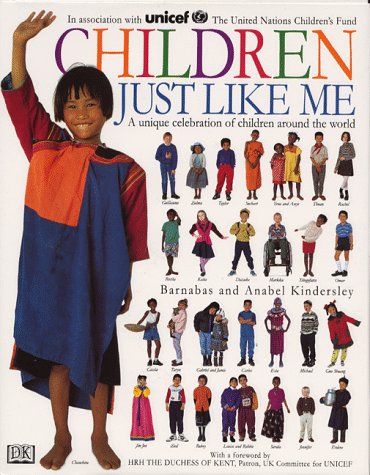ORIGINALLY POSTED BY DAISY J AT
THE WAYFARERIf you are going to be traveling through Frankfurt, Germany on the way home to the US with your adopted Ethiopian child you will need a German visa for your child. You do not need one for yourself if you are a US citizen. But your adopted child WILL. Lots of people have questions about it so I am posting the answer we just gave to our agency about how it works. It was a bit of a pain, but worked out fine. We did not have good directions for doing this but my awesome husband did figure it out!
1. At the Wednesday (our agency has this day) US Embassy appointment they have to tell them that they need their papers NO LATER than Thursday morning BEFORE noon. You will need to tell them they have to get a German visa.
2. After the US embassy appointment you will need to go get biometric photos of you child, you just get them when they are taken it takes hardly any time to get, and they are not expensive. This can only be done at Erat Kilo photo studio, it is a Kodak studio on Erat Kilo. THE Awesome driver Terefe knows where it is too. His number is on our blog for driver recommendation, look for that post. He is awesome and drives only adoptive families.
3. Thursday pick up the US embassy papers and then take them directly to the German Embassy. You HAVE to take the kids. Stand in line and fill out the papers, give them the kids passports. They need to have the passports and they have to have the American visa stamped already. It takes a bit to fill out the papers, take something to entertain the child in a very happy and pleasant manner. (No messy treats, messy is bad PR for adoptions. Make sure your child is dressed nicely, and appropriate for the season. Rainy season wearing layers, at no time/season should the child's legs or arms be exposed if an infant and if an older child pants are the best bet for boys and a dress for girls, plus a jacket in rainy sesaon.) You will have to tell them that you need it by 10 am Friday, or it will be a full day from when it is requested. You will have to tell them when your flight is and that is why you need it that early.
4. You do not need to take the kids to pick up the visa on Friday. Then you are good to go.
5. When you land in Germany because you have an Ethiopian citizen traveling with you, you have to go through customs and have the visa checked and then go check back in to the terminal.
That is it! Not too bad if you know what you are doing and start asap!
You can not wait to get this rolling it will cost a lot in time and effort and maybe a delayed ticket/flight, and the German embassy is not that nice to deal with if you are late. They are very nice and work with you if you give them time and flight schedule. Just get it done asap. They speak English, and that is very helpful. They have selective hours so you should call them to make sure of the times that they are open, it varies. Your guest house host should be able to do this for you or get you the number. It is good to plan your return flight with this in mind.
Germany (Frankfurt) has a great play area up by the Mc Donalds. It is a life saver. There are lots of restaurants and a pharmacy.
Hope that this is helpful!


 Brothers and Sisters in Adoption by Arleta James
Brothers and Sisters in Adoption by Arleta James







 The Soul of a New Cuisine: A Discovery of the Foods and Flavors of Africa by Marcus Samuelsson
The Soul of a New Cuisine: A Discovery of the Foods and Flavors of Africa by Marcus Samuelsson Children Just Like Me by Barnabas and Anabel Kindersley
Children Just Like Me by Barnabas and Anabel Kindersley Thank you all for sending your photos to us to share! Please keep them coming! We look forward to seeing all the new forever families coming home the next three weeks!
Thank you all for sending your photos to us to share! Please keep them coming! We look forward to seeing all the new forever families coming home the next three weeks! Recently, De-De and I after looking in some books decided to listen to the National Anthem in Ethiopia. Here is a website which will play you the music and below are the words--first in Amharic and then translated in English. Above is a map of Ethiopia...
Recently, De-De and I after looking in some books decided to listen to the National Anthem in Ethiopia. Here is a website which will play you the music and below are the words--first in Amharic and then translated in English. Above is a map of Ethiopia...










